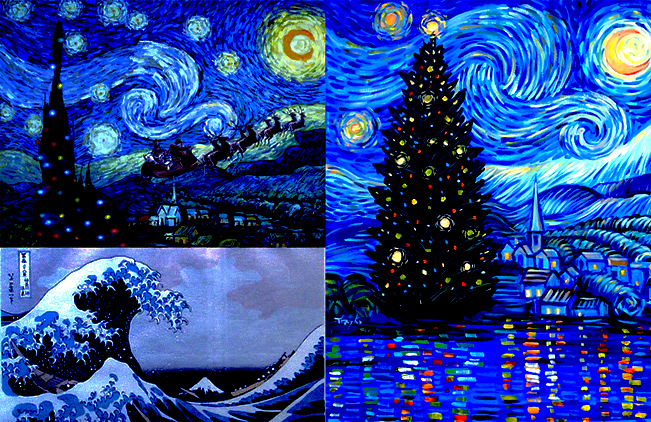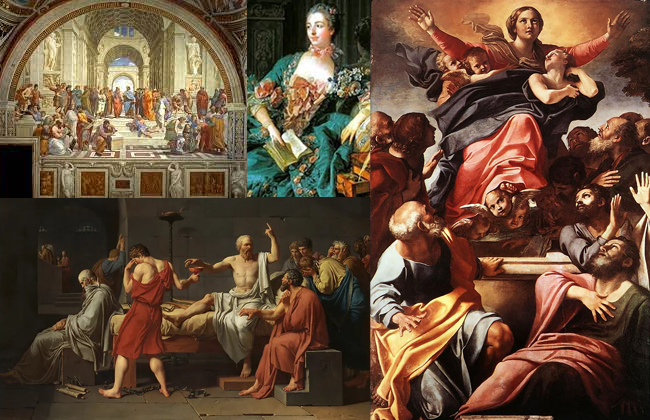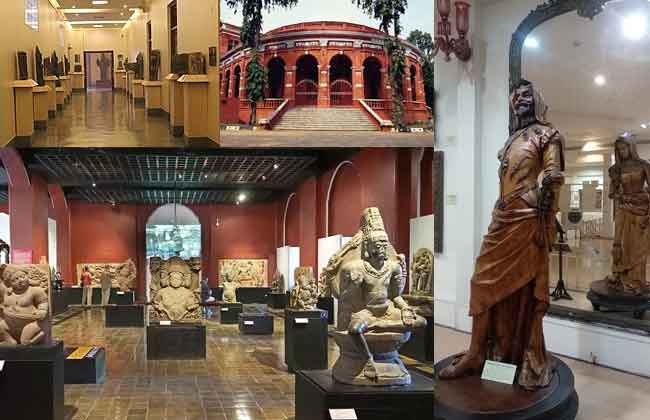Art history is the study of the development of art throughout human history. It involves the examination of the visual arts, including painting, sculpture, architecture, and other forms of artistic expression, in their historical and cultural context. This discipline encompasses a vast range of styles and movements, from ancient cave paintings to contemporary digital art. In this essay, we will explore some of the key moments and movements in art history, from the ancient world to the present day.
One of the earliest examples of art can be found in the cave paintings of Lascaux, France, which date back over 17,000 years. These paintings depict animals and hunting scenes, and are a testament to the creativity and ingenuity of early humans. In ancient Greece, art played an important role in the cultural and political life of the city-states. Greek art was characterized by a focus on human form and proportion, and the use of perspective and realism. The Parthenon, a temple dedicated to the goddess Athena, is one of the most famous examples of ancient Greek architecture.
During the Middle Ages, art was largely dominated by the church, and was used to convey religious themes and messages. The Byzantine Empire, which lasted from the 4th to the 15th century, produced some of the most beautiful and intricate works of art of the medieval period. Byzantine art is characterized by its use of gold and bright colors, and its emphasis on religious iconography.
The Renaissance, which began in Italy in the 14th century, marked a significant shift in the history of art. This period saw a renewed interest in classical art and culture, and a renewed focus on the individual artist as a creative genius. Renaissance artists such as Leonardo da Vinci, Michelangelo, and Raphael are celebrated for their mastery of perspective, anatomy, and composition. The art of the Renaissance was characterized by its realism, attention to detail, and use of light and shadow to create a sense of depth.
The Baroque period, which lasted from the 17th to the early 18th century, was a time of great drama and emotion in art. Baroque artists sought to create works that would inspire awe and wonder in the viewer, and often used intense contrasts of light and dark to achieve this effect. One of the most famous Baroque artists is the Italian painter Caravaggio, whose works are characterized by their dramatic lighting and intense realism.
In the 19th century, art underwent another significant transformation with the advent of Romanticism. This movement emphasized emotion, individualism, and the power of nature, and was a reaction against the rationalism and classicism of the Enlightenment. Romantic artists such as William Blake, J.M.W. Turner, and Caspar David Friedrich sought to capture the sublime in their works, and often used bold colors and loose brushstrokes to convey a sense of passion and spontaneity.
The Impressionist movement, which emerged in France in the late 19th century, marked another significant shift in the history of art. Impressionist artists such as Claude Monet, Pierre-Auguste Renoir, and Edgar Degas sought to capture the fleeting momentary impressions of light and color, rather than creating highly finished works of art. The Impressionists often worked outdoors, en plein air, and used loose brushstrokes and vibrant colors to convey a sense of movement and immediacy.
The 20th century saw the emergence of a number of important art movements, including Cubism, Surrealism, and Abstract Expressionism. Cubism, which was pioneered by Pablo Picasso and Georges Braque, sought to deconstruct traditional notions of perspective and representation, and to create works that emphasized the flat surface of the canvas.
![]()





